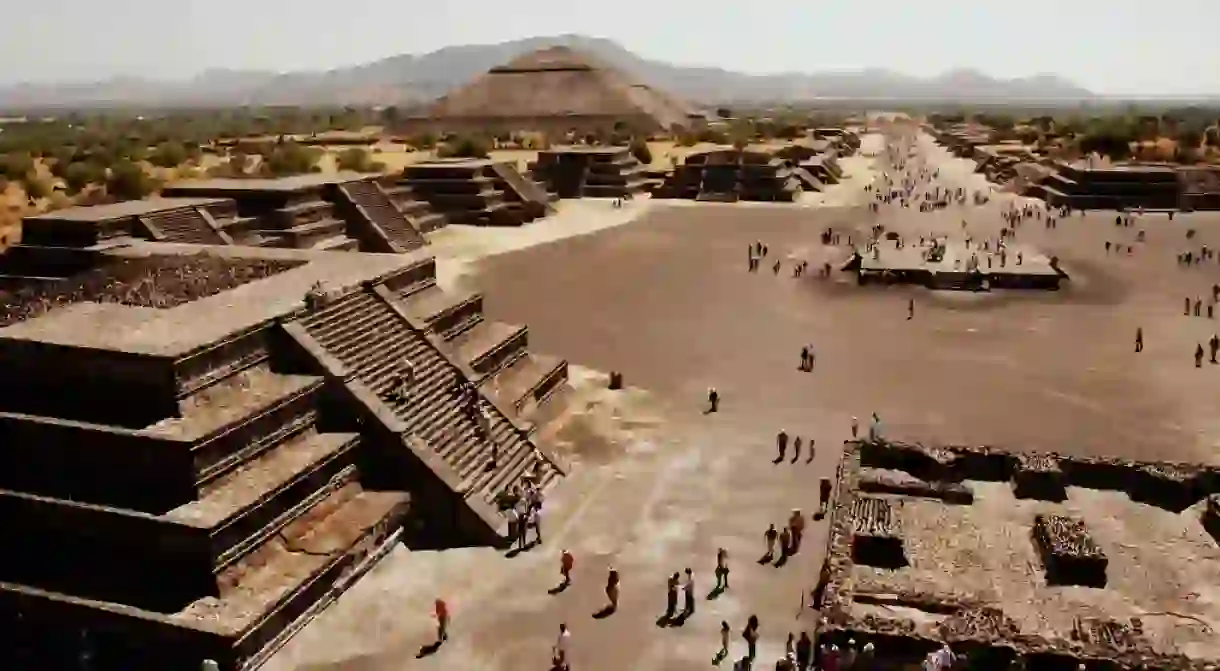This Tunnel Is Shedding Light on the Secrets of Teotihuacán, Mexico

The place where men became gods, Teotihuacán has long remained one of Mesoamerica’s greatest mysteries, with little known about the people that inhabited it and the events that brought it to its knees; however, this looks set to change. The accidental discovery of a subterranean tunnel is shedding new light on this ancient civilisation and moving us closer to figuring out the secrets of Teotihuacán.
Teotihuacán was once the bustling hub of the Mesoamerican world, serving as the centre of life, commerce and religion, as well as being the presumed site for human and animal sacrifices. While many incorrectly assume it was the home of the Aztecs, they only stumbled across the place centuries after it lay ruined and abandoned, and the actual people of Teotihuacán are known as Teotihuacanos. It is them about which frustratingly little is known, with many supposing they were made up of various different peoples coinhabiting one central hub.

The discovery of this mysterious tunnel, then, gave hope that some of Teotihuacán’s many secrets could eventually be revealed, especially as it had remained hidden and untouched for so long; whatever treasures were hidden within would surely be in pristine condition.

Discovered entirely by accident in autumn 2003 when heavy rainstorms led to the formation of a sinkhole, the subterranean tunnel that runs from the Ciudadela to the Temple of the Plumed Serpent (better known as the Templo de Quetzalcóatl in Spanish) was first explored by archaeologist Sergio Gómez Chávez. After months of research that began in the spring of 2004, a digital map was created, which ultimately proved that the mysterious tunnel ran some 330 feet (91.4 metres) from the Ciudadela before arriving at the Templo de Quetzalcóatl.

It wasn’t until 2009 that work began to empty dirt from the tunnel and discover what laid within, and the progress was painfully slow and manual. However, the discoveries were vast, offering great insight into a place where ordinary people were unlikely to have been granted access; cat bones, pottery fragments, preserved rubber balls (the first of their kind discovered at Teotihuacán), human skin, jewellery and even seashells were uncovered. A chamber at the end of the tunnel is littered with statues and jewellery, and the walls of the entire tunnel are embedded with pyrite, giving it an eerily star-like glow and perhaps corroborating one theory that Teotihuacán was a physical representation of the universe and its creation.

Whilst the tunnel itself was a deliciously mysterious find, with boulders that purposefully sealed off the entrances, it isn’t giving up its secrets so easily – three so-called sub-chambers are not yet uncovered, and some believe they may be the resting places of important Teotihuacano figures or priests. Either way, it seems that this tunnel may eventually provide answers to the burning questions archaeologists and anthropologists have had for years about Teotihuacán and its people.













